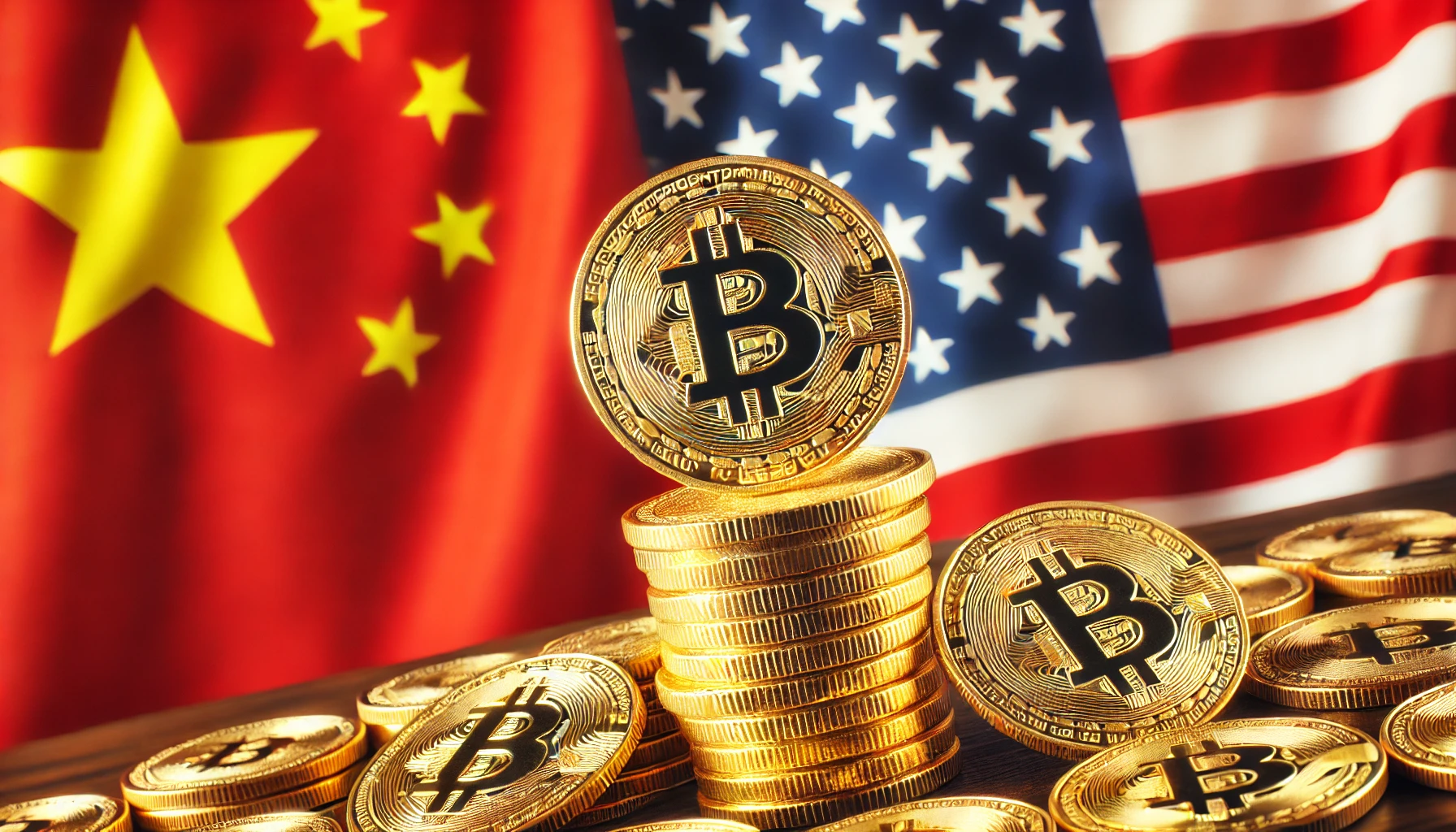Kinto co-founder Ramon Recuero discusses how tokenizing real-world assets is revolutionizing finance, bridging the gap between sellers and buyers, and unlocking liquidity. He predicts that the widespread adoption of tokenization will lead to a multitrillion-dollar market.
Points
- Tokenization of real-world assets revolutionizes finance
- Bridges gap between sellers and buyers
- Unlocks liquidity for hard-to-sell assets
- Potential for exponential adoption and multitrillion-dollar market
- Comparison to transition from paper to electronic shares
Tokenizing real-world assets is rapidly changing the landscape of finance, bridging the gap between sellers and buyers and unlocking liquidity for assets that are traditionally difficult to sell. Ramon Recuero, co-founder and CEO of Kinto, elaborated on these points during Episode 41 of The Agenda podcast with hosts Ray Salmond and Jonathan DeYoung.
Recuero explained that tokenization allows asset holders to unlock liquidity by turning tangible assets into digital tokens. These tokens can be traded on blockchain platforms, enabling easier and more efficient transactions. He used the example of a valuable baseball card, which would be challenging to sell without tokenization due to the need for trust and the involvement of intermediaries like escrow services.
Blockchain and Efficient Markets
According to Recuero, blockchain technology creates efficient markets by condensing liquidity and simplifying transactions for
buyers and sellers. This efficiency turns previously illiquid markets into vibrant trading environments, benefiting both parties by reducing costs and increasing transaction speed.
Recuero highlighted that the potential market for tokenized real-world assets is enormous, predicting it could reach multitrillion-dollar levels. He emphasized that the adoption of tokenization will likely follow an exponential growth curve, similar to other technological advancements. While it might take time to reach a critical mass, the shift could occur rapidly once it gains momentum.
Historical Context and Future Projections
Recuero drew a parallel between the current wave of tokenization and the transition from paper shares to electronic shares two decades ago. He noted that just as electronic shares became the norm, tokenized shares could become the standard in the future. The total market cap of bonds, gold, and other assets is vast, and tokenizing these assets could significantly enhance their market efficiency and accessibility.
The process of tokenization can transform the financial sector by enabling the seamless transfer of ownership and increasing market participation. For example, tokenized real estate can make property investment more accessible to a broader range of investors, democratizing asset ownership.
Challenges and Adoption
Despite the promising potential, Recuero acknowledged the challenges that come with tokenizing real-world assets. These include regulatory hurdles, technological barriers, and the need for robust security measures to protect digital tokens. However, he remains optimistic that these challenges can be overcome with continued innovation and collaboration within the industry.
The rapid growth of the RWA industry, which has been prevalent within decentralized finance since 2022, indicates a strong market interest. Recuero believes that as more traditional finance entities integrate blockchain into their operations, the benefits of tokenization will become increasingly apparent, driving further adoption.
In conclusion, the tokenization of real-world assets is poised to revolutionize finance by creating efficient markets, unlocking liquidity, and democratizing asset ownership. As the industry overcomes initial challenges and gains broader acceptance, the potential for a multitrillion-dollar market becomes increasingly attainable.
Explanation
- Tokenization: The process of converting physical or digital assets into digital tokens that can be traded on a blockchain.
- Liquidity: The ease with which an asset can be converted into cash without affecting its market price. High liquidity typically indicates a more stable and attractive market.
- Exponential Growth Curve: A rapid increase in the adoption or usage of a technology, characterized by a steep upward trajectory after a certain point of critical mass is reached.
